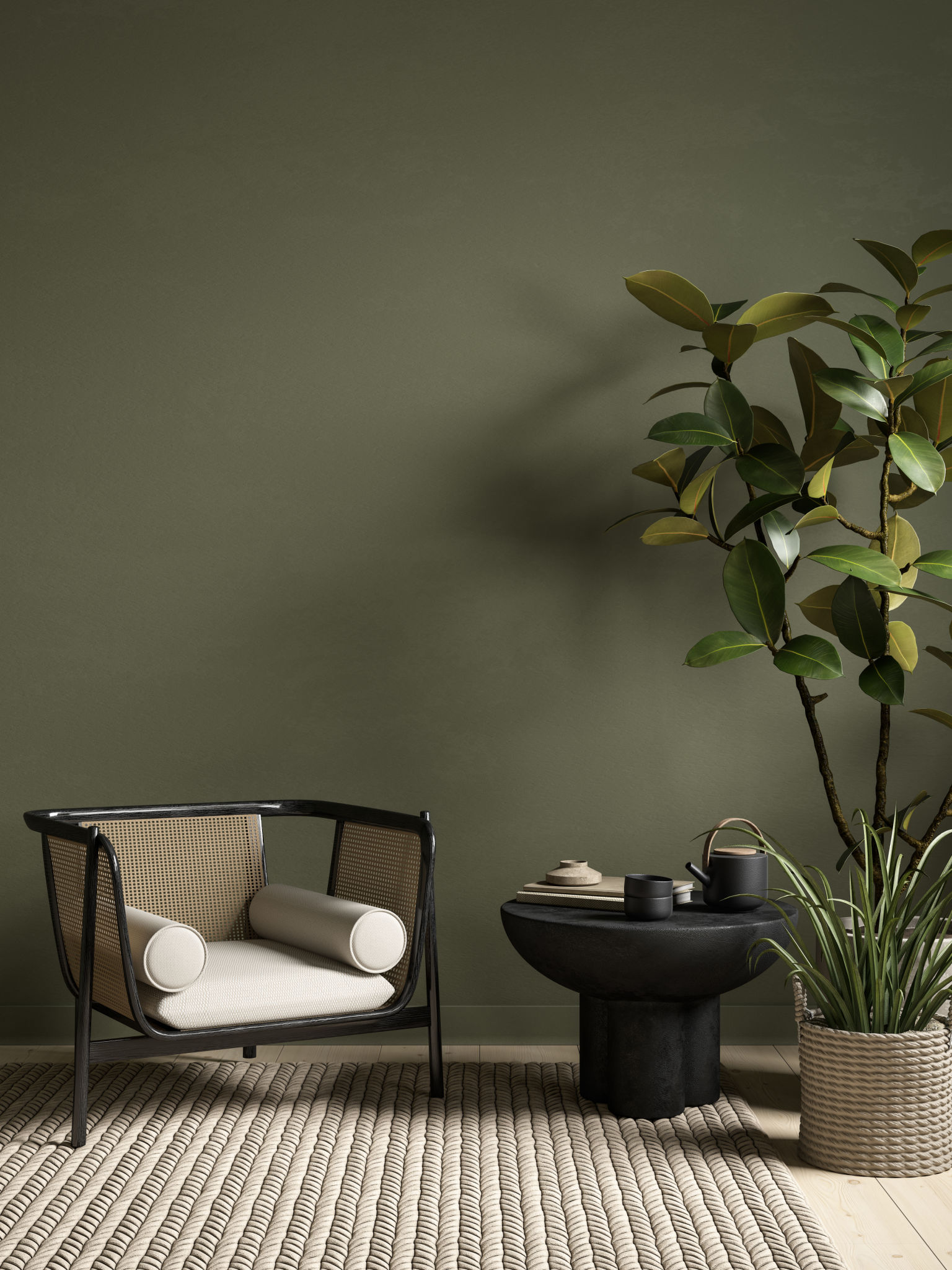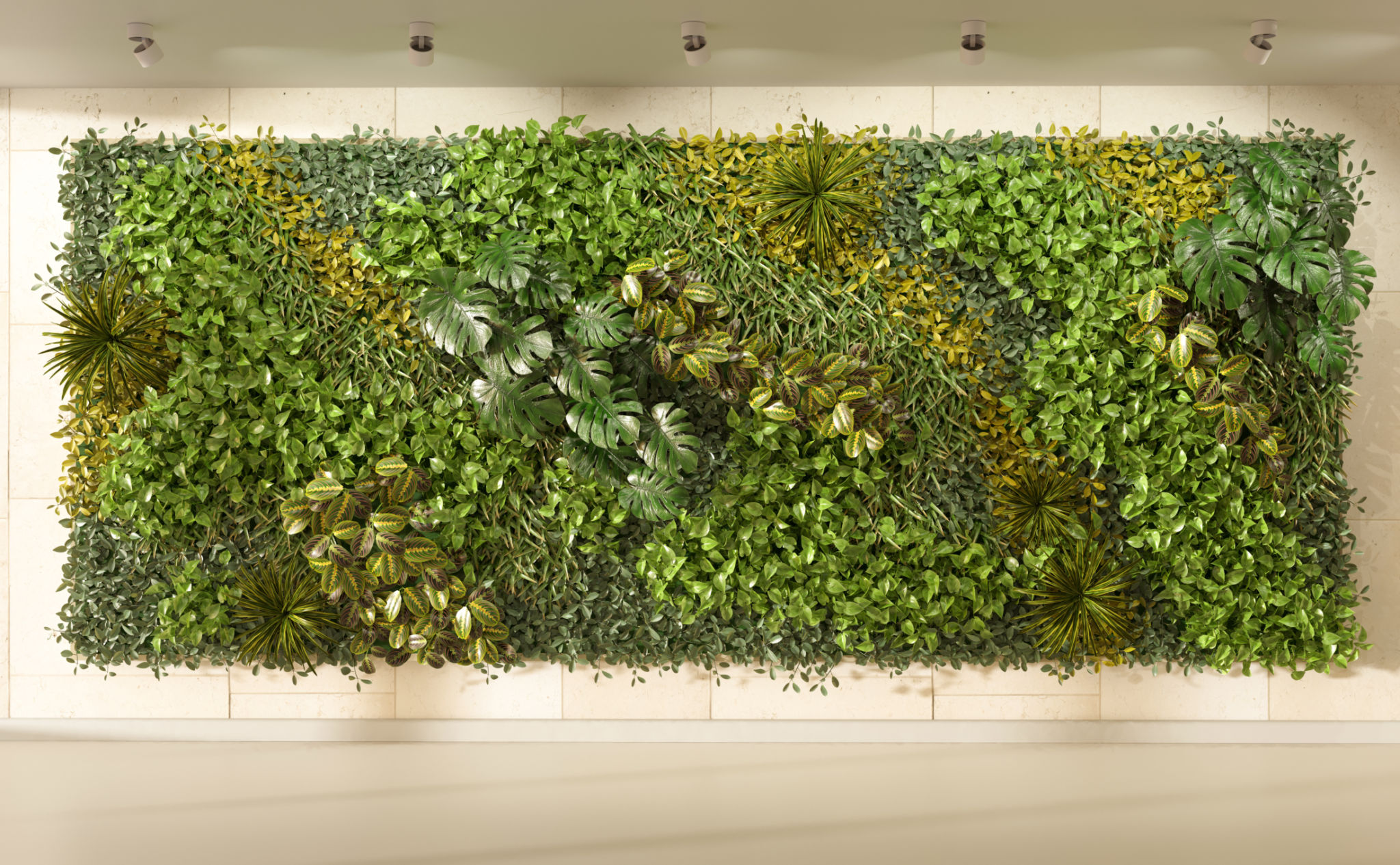The Role of Green Walls in Sustainable Hospitality Design
Introduction to Green Walls in Hospitality Design
As the hospitality industry evolves, the focus on sustainability and environmental responsibility has become more pronounced. One innovative solution that has gained traction is the integration of green walls, also known as living walls, into hotel and resort designs. These vertical gardens not only enhance aesthetic appeal but also contribute significantly to sustainability efforts.
Green walls are composed of a variety of plants that grow vertically, either on freestanding structures or directly attached to the building's walls. The concept is not only visually striking but also functional, offering a myriad of environmental benefits that align with modern sustainability goals.

Environmental Benefits of Green Walls
The ecological advantages of green walls are numerous. One of the primary benefits is improved air quality. Plants naturally filter pollutants and carbon dioxide from the air, releasing oxygen and creating a healthier atmosphere for both guests and staff. This contribution to air purification is particularly valuable in urban settings where pollution levels are higher.
Moreover, green walls help in regulating building temperatures by providing natural insulation. This can lead to reduced energy consumption for heating and cooling systems, ultimately decreasing the hotel's carbon footprint. The presence of green walls can also aid in soundproofing, making them an ideal choice for hotels situated in bustling city centers.

Aesthetic and Psychological Impact
Beyond their environmental benefits, green walls offer significant aesthetic value. They transform otherwise plain surfaces into lush, vibrant displays that enhance the overall ambiance of a space. This natural beauty can leave a lasting impression on guests, contributing to a more memorable experience.
Psychologically, exposure to greenery has been shown to reduce stress and promote relaxation. In the context of hospitality, this can enhance guest satisfaction by creating a serene environment. Incorporating elements of nature into interior design aligns with biophilic design principles, which emphasize the human connection to the natural world.

Design Considerations for Green Walls
When integrating green walls into hospitality design, several factors must be considered to ensure their success and sustainability. Selecting the right plant species is crucial; they must be suitable for the local climate and capable of thriving indoors or in shaded areas. Additionally, maintaining these living installations requires a well-planned irrigation system to provide adequate water and nutrients.
It's also important to consider the structural support needed for green walls. Depending on their size and placement, they may require additional reinforcement to support the weight of the plants and growing medium. Collaborating with experienced designers and horticulturalists can help address these challenges effectively.
Conclusion: Embracing Sustainability in Hospitality
The adoption of green walls in hospitality design represents a commitment to sustainability and innovation. By enhancing air quality, reducing energy consumption, and providing aesthetic value, these living installations align with the growing demand for eco-friendly practices in the industry.
Hotels that embrace green walls not only contribute to a healthier environment but also offer guests a unique and enriching experience. As sustainability continues to be a priority for both businesses and consumers, green walls will likely play an increasingly important role in shaping the future of hospitality design.